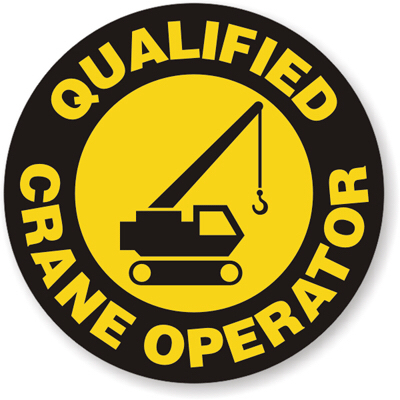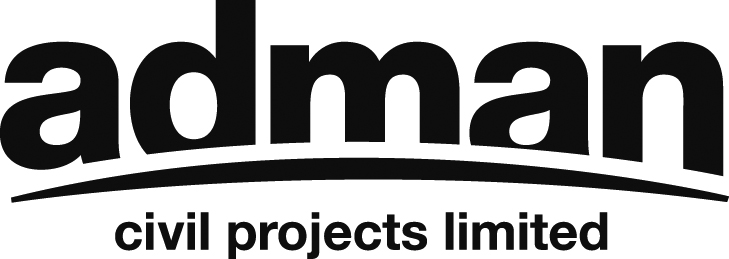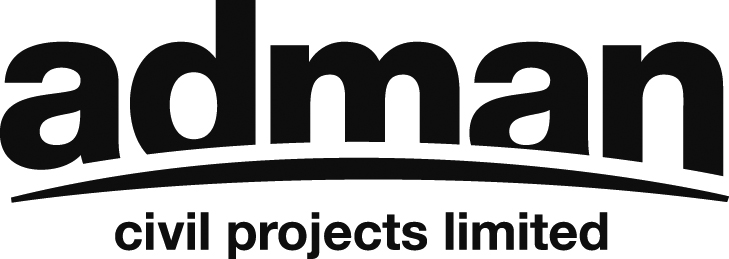Information
-
Document No.
-
Lifting and Crane - Foreman's Name:
-
Conducted on
-
Prepared by:
- Christopher Cole
- Joseph Bailey
- Michael Dwyer
- Chuck Ayers
- James Shifflett
- Anthony Beverly
- Lee Ratliff
- Hugh French
- James Brown
- Jason Corbin
- Richard Dickinson
- Michael Wright
- Scott Taylor
- Tom Chestnut
- Gary Berghan
- Clyde Eppard
- Mark A. Davis
-
Location (Drop Pin for GPS & Address):
-
Personnel on site during lift and crane activities:
-
Risk Scope:
Scope is limited to single fatality scenarios, including suspended loads and swinging loads. May include loads lifted by mechanical means (e.g. fixed or mobile cranes, forklifts), loads on stands, loading or unloading trucks, loads being transported, jacking loads into place, complicated lifts (e.g. multiple cranes), transferring loads to other lifting devices, overhead cranes. Rigging including ropes, slings chains, restraining devices. -
Control Objective:
The lift operational area is the entire area affected by the lifting operation. This includes areas such as mobile crane access paths, mobile crane turning areas, slew crane swing area and drop zones. The area also includes external obstacles such as swing or overhead clearance from power lines, buildings and any other objects.
During initial lift planning, management of the operational area must be considered to identify possible risks and to identify appropriate control measures. This should include control of the operational area and drop zone to restrict access of personnel during a lifting operation.
Controls may include the use of spotters, barricades or other suitable measures.
Crane & Lift Team Information
Crane Information:
-
Will a Crane Be Used For Today's Lift?
-
Crane Operator:
-
Photo of operator and license:
-
Name of Signal Person Assigned:
-
Detail the Communication Method:
-
Manufacturer:
-
Model:
-
Serial Number:
-
Crane Rating:
-
Crane Inspection Date:
-
Photo of all (4) Sides of the Crane:
Jacking equipment and activities
-
Jacking equipment and activities are designed, implemented, maintained and operated in accordance with legislative, and W.C. Spratt, Inc. internal requirements.
Jacking activities and equipment comply with the following:
-
• Only matching dollies manufactured by the original equipment manufacturer original equipment manufacturer (OEM) are used.
• Equipment to be jacked or supported by a stand has no added load that may exceed the jack / stand SWL.
Prior to jacking:
-
• Equipment must be parked fundamentally stable on a hard and flat surface, with the park brake on, and wheels chocked for rubber-tyred vehicles.
• Machine Isolated accordance with standard operating procedure for Isolation and tagging.
• Correct sized jack / stand for the task selected and inspected for defects and build-up.
• No personnel are permitted on or under the equipment whilst jacking is in progress.
• Equipment operated according to original equipment manufacturer (OEM).
• Jack locked once equipment raised by locking jack, or appropriate stand in place (for non-locking jack).
• All dunnage inspected prior to use and secured
Steel dunnage must be used where available. Timber dunnage must be hardwood and free of splinters and cracks. -
Select 2 active work fronts involving jacking activities and verify the following:
-
Do personnel understand the safety requirements for jacking activities ensuring the specifications in 'Control Operating Requirements'?
-
Do task specific risk assessments have appropriate hazards and controls identified and implemented accordingly?
-
For the task at hand, are only matching dollies manufactured by the original equipment manufacturer (OEM)?
-
Is the integrity of equipment (including dunnage, stands, jack etc.) in check?
Pre-Lift Checklist
Pick Location
-
Pick Locations:
Location
-
Where?
-
Weight and Distance?
Pre-Lift Checklist
-
Crane Inspected by the Operator?
-
Rigging Inspected?
-
All Permits Obtained?
-
Are Wind Conditions Acceptable?
-
Are the General Weather Conditions Acceptable?
-
Are There Any Power Lines Obstructing Any Lifts?
-
Is the Operator's Certification Card Current?
-
Are Lift Areas Properly Barricaded?
Lift Planning and Execution
Lift Planning and Execution physically separates personnel from the lift operational area and from interaction with non related lifting activities.
-
During lifting operations the lift operational area needs to be physically separated to ensure no interaction between non related activities.
-
Select 2 lift operations and verify the separation controls include:
-
For Fixed Infrastructure, barricading of the lift operational area by fencing, danger tape or chains?
-
In field demarcation, in the form of signage and cones to a distance of 1.5 times the maximum working height of the largest crane in the operational lift area from the extremity of the load?
-
A minimum of 1 spotter when using 2 or more cranes.
-
Verification of Competencies of the individuals involved in the lift?
-
Verification of Equipment / Plant Log Books & Prestarts?
-
Is the plant item fitted with Audible Alarms?
-
Does the lifting equipment / plant have current inspection certification?
-
Has the Pre Lift Hazard Assessment or equivalent Risk Assessment been completed (provided evidence)?
Lift Planning and Execution physical interaction between personnel and equipment and objects with the potential to fall within the lift operational area.
-
During lifting operation the lift operational area needs to be controlled to ensure that personnel and equipment are physically separated such that the risk of falling objects contacting a person is eliminated.
-
Select 2 lift operations and verify the controls include:
-
Barricaded drop zones at a minimum of 2 metres beyond the extremity of the load/drop zone when the lift exceeds 1.8 metres?
-
Taglines are used to ensure no personnel enter the drop zone?
-
Single point accountability for all activities in the operational lift area.
Rigging
Rigging Sketch
-
Rigging Sketch or Photo of Rigged Item
-
Include all information required to determine that the load is properly rigged and that appropriate rigging gear is selected. Include, as applicable, sling angles, eye bolt orientation, padding points, center of gravity, type of sling hitch, and any other pertinent information.
-
Add drawing
Sign Off
-
Comments and or additional notes:
-
Project Manager or Superintendent:
-
Safety Manager:













